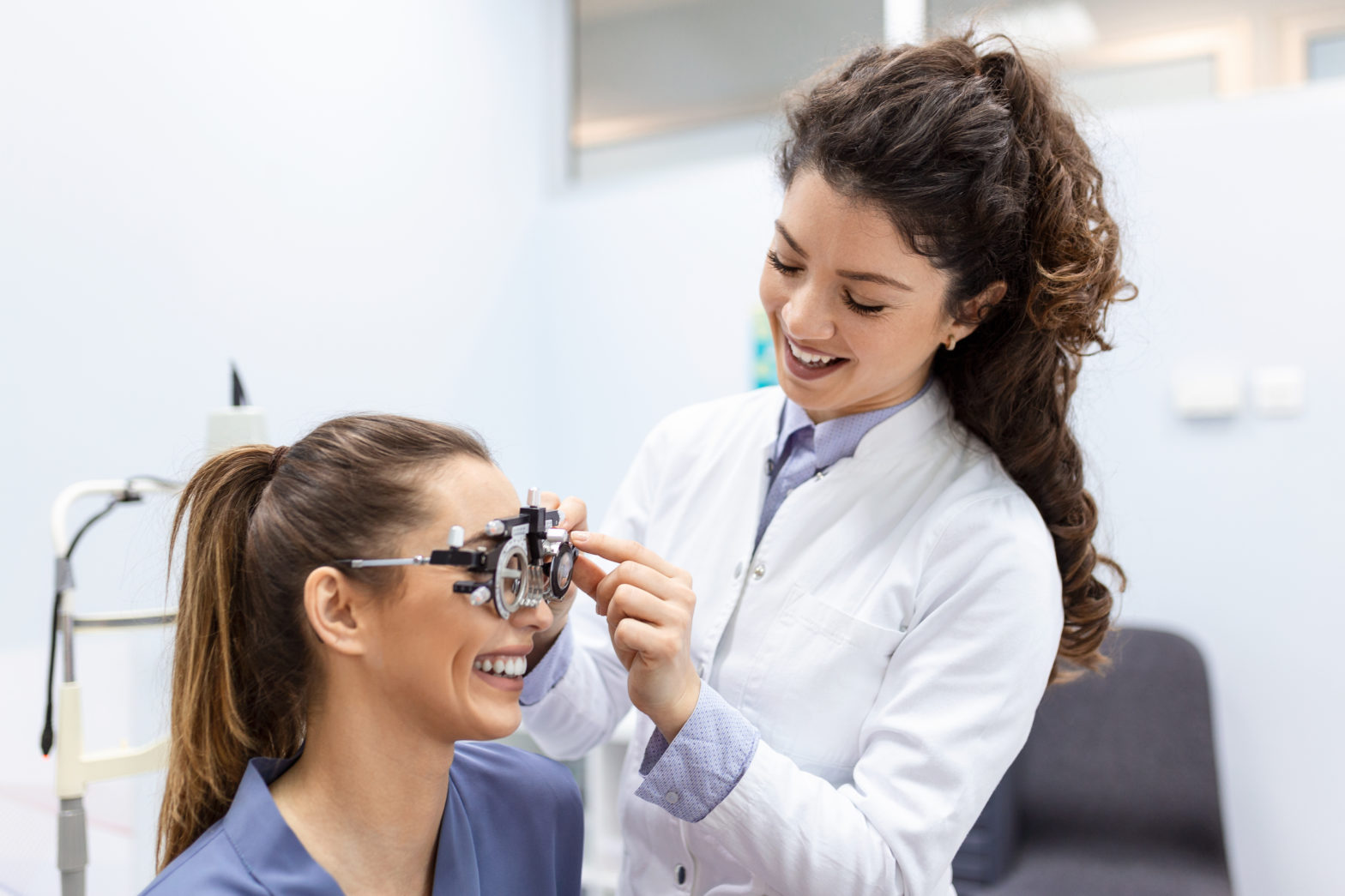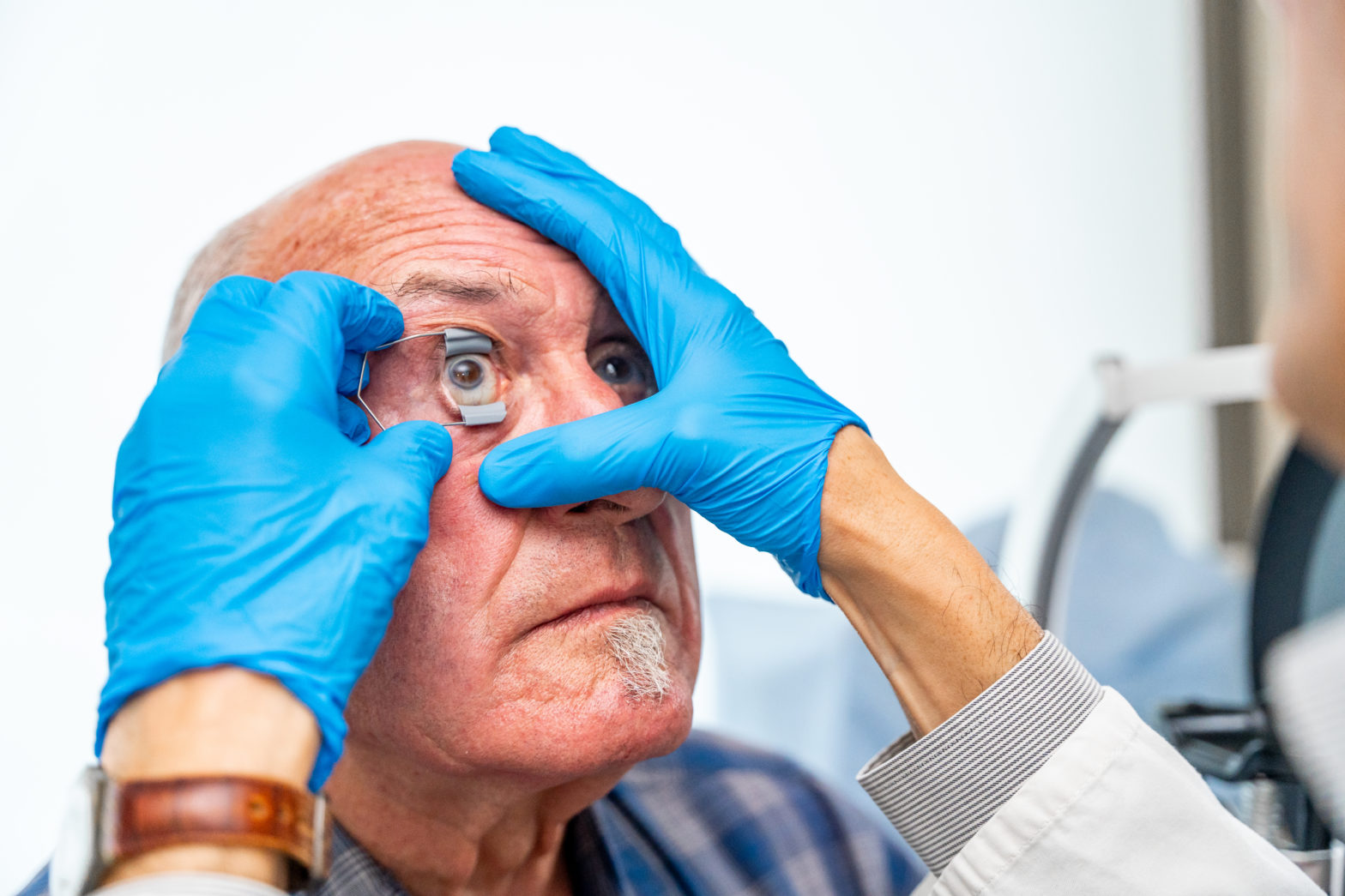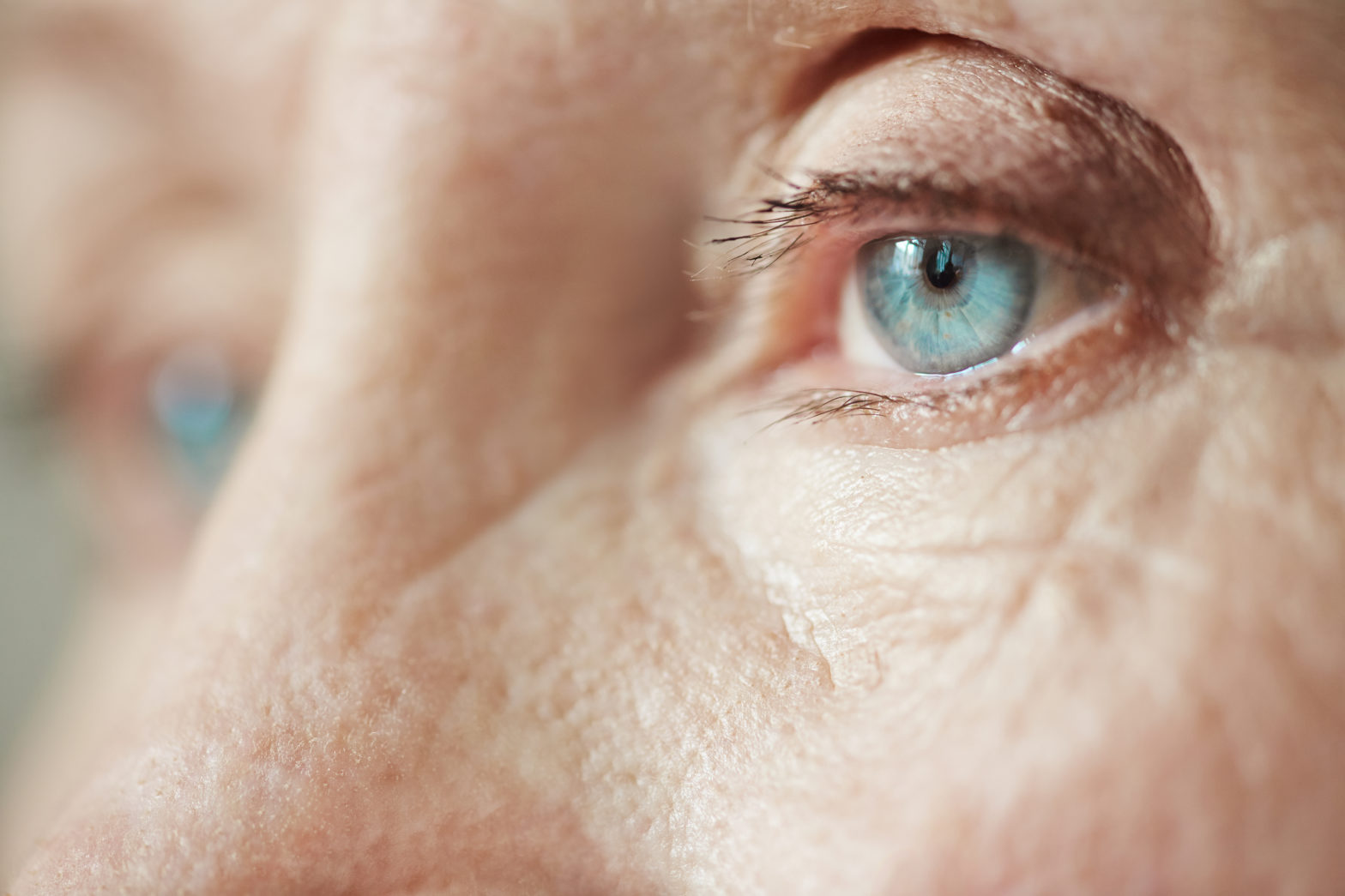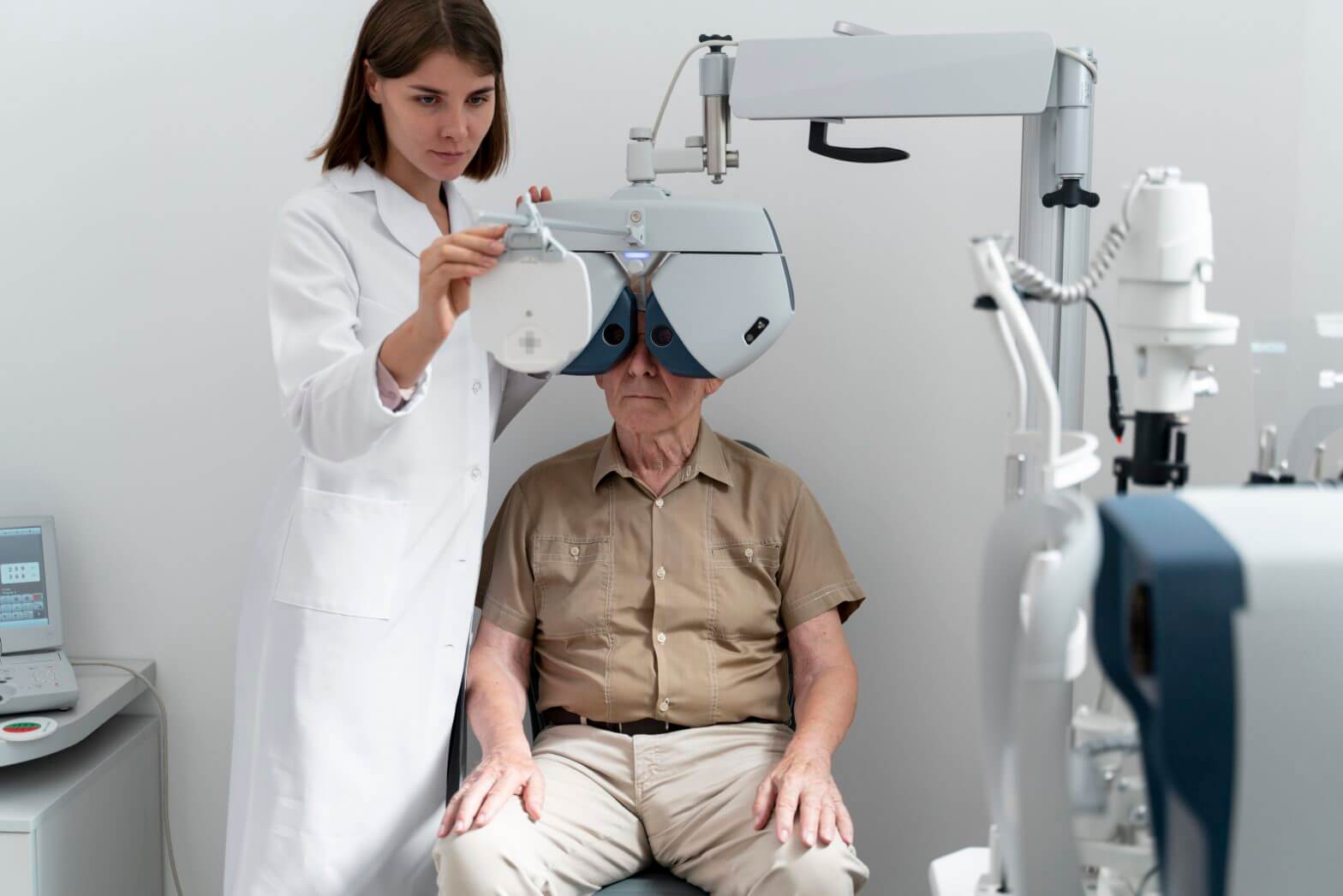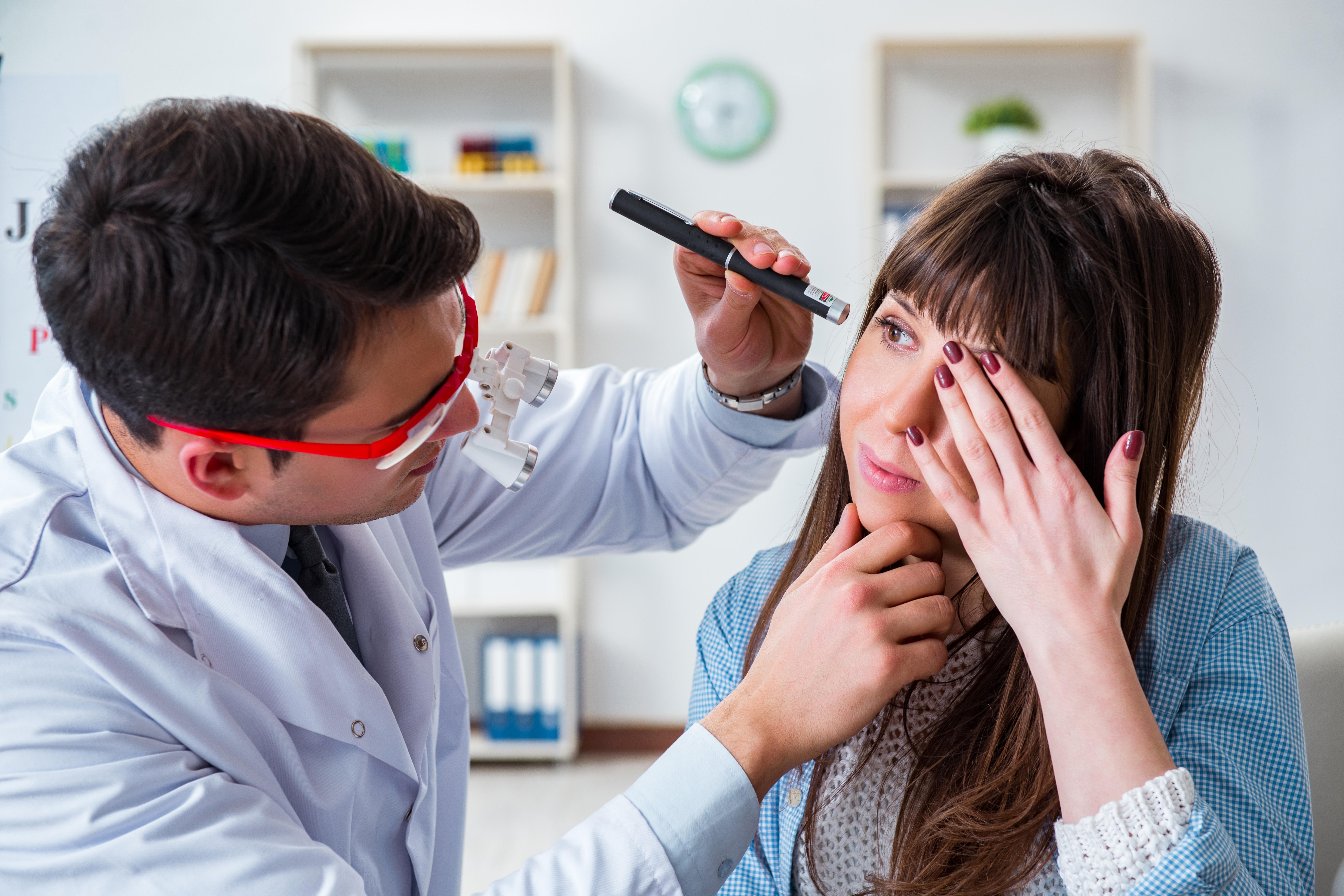I’d like to start by making a confession… Needles and Injections and Surgeries scare the hell out of me. It was the only thing that got me to eat my greens or do my homework. It could make me run like the wind from the doctor’s clinic despite high fever. Heck, I had to shut my eyes when my kids got their shots too!
Now you would know why my husband broke into a cold sweat when I was told that I was to undergo a Trabeculectomy. Me? I was blissfully unaware of what the entire mumbo jumbo was about. A few weeks ago, I had begun having trouble with my vision but did not think much of it as it gave me no pain whatsoever. After my husband’s pestering for a few months, I finally sought out an appointment with an eye doctor. Expecting to come away with a pair of glasses, I was very nonchalant about the whole visit. But soon things seemed to get very serious … Glaucoma … Trabeculectomy … My Google savvy husband and the doctor seemed to be talking an alien language altogether…
It was too much info for me all at once! As soon as I got home, I got a list of questions ready of all the things that I wanted to ask. Here’s that list in the hope that it helps someone out there who is in the same boat as me…
What is Glaucoma?
Glaucoma is an eye disorder which causes damage of the optic nerve. The optic nerve carries visual impulses from our eye to our brain enabling us to see. Glaucoma is generally caused due to increase in the pressure inside our eyes.
What are my options?
Eye drops, Laser and Surgery. Eye drops help decrease the pressure in one’s eye. When medications and laser do not help, Surgery for Glaucoma called Trabeculectomy may be advised by the doctor.
What does Trabeculectomy mean? How will it help my Glaucoma?
Glaucoma occurs because the area draining away fluid from the eye gets blocked, thus raising the eye pressure. In this surgery, a tiny hole is made in the white part of the eye. This new drainage hole allows fluid to flow out of the eye into a bubble like filtering area called a bleb. The bleb is mostly hidden under the eyelid. Thus the procedure lowers eye pressure and reduces the risk of vision loss from glaucoma.
